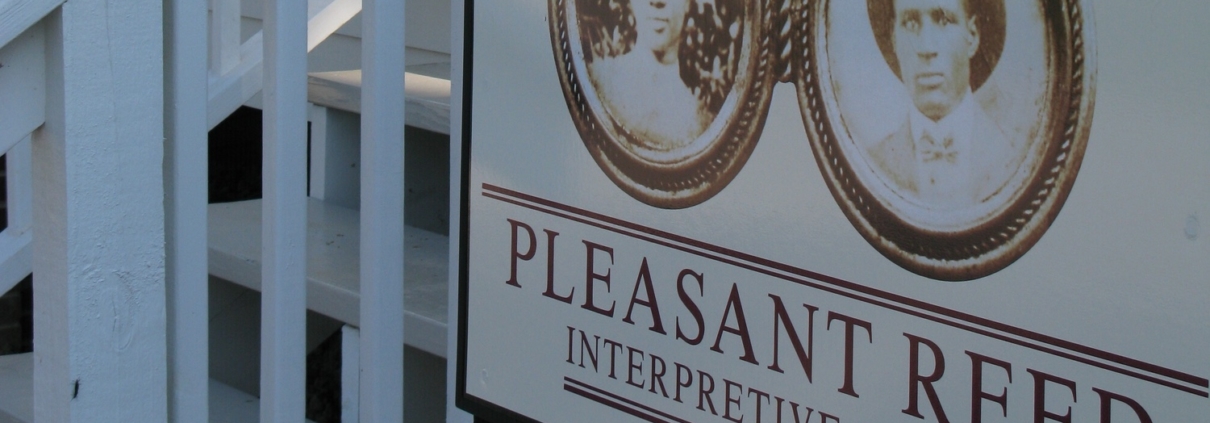Pleasant Reed Interpretive Center
The Pleasant Reed Interpretive Center is a reconstruction of the original house built by Pleasant Reed during the 1880s and 1890s. The Gulf Coast Alumnae Chapter of the Delta Sigma Theta Sorority, Inc. had the foresight and the commitment to save the house from demolition by purchasing it in 1978. In 2000 the Reed house was donated to the Ohr-O’Keefe Museum of Art by Delta Sigma Theta. The house was moved from Elmer Street to the site of the Ohr-O’Keefe Museum of Art in 2002 to insure that this cultural and educational resource would be used to tell the story of a modest but remarkable family that became a significant part of Biloxi’s history. The completely renovated Pleasant Reed House opened to the public at the groundbreaking ceremony for new the Ohr-O’Keefe Museum of Art in May 2003.
On August 29, 2005, the House and the original furnishings contained in the house were destroyed by Hurricane Katrina. The Board of Trustees of the Ohr-O’Keefe Museum of Art was determined to continue honoring the legacy of Pleasant Reed and his family. In 2006 the board voted to replicate the Pleasant Reed House as the Pleasant Reed Interpretive Center so that the generations to follow could continue to learn about this remarkable man. Working from Reed’s original plans the house was reconstructed on the site of the Ohr-O’Keefe Museum of Art. The interior of the house was changed to accommodate tours and exhibitions while the exterior is an exact model of the house Pleasant Reed built.
A visit to Pleasant Reed Interpretive Center provides a rare opportunity to see how an African-American family with limited means lived in Biloxi during the early twentieth century. Like the Acadian French, Slavonian, and Italian immigrants of that time, and the Hispanic and Vietnamese immigrants of more recent times, the Reed family came to Biloxi to seek a better life for themselves and their children. While every immigrant ethnic group faced difficulties in finding acceptance within their adopted community, the Reeds had additional challenges because of the increasingly rigid segregationist laws that characterized the “Jim Crow” era in America. The story of their lives is one of perseverance and determination in spite of dauntingly adverse circumstances.
James D. Dodds, A.I.A
Pleasant Reed Interpretive Center Reproduction Architect



